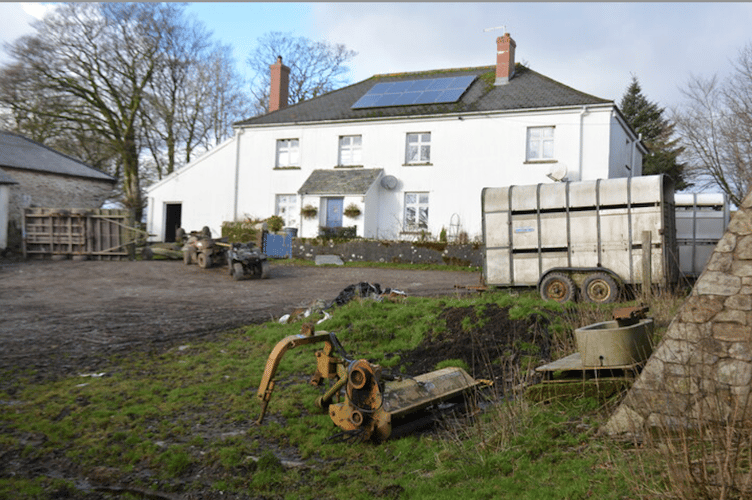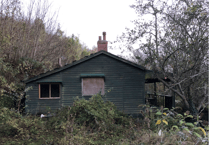CASH-strapped Exmoor National Park Authority (ENPA) wants to invest nearly £2 million in a farm conservation project on some of the highest, most sensitive, and wettest parts of the moor.
It plans to spend nearly £740,000 renovating an historic farmhouse and a further £1.1 million changing the farm’s land management.
Driver Farm, which sits high on the southern side of what is called the Chains, near Simonsbath, has been in local government ownership since 1969 and has had a number of tenants over the decades.
The most recent farmer ended his tenancy last April and ENPA has since been looking at options for a sustainable future for the 800-acre holding.
Now, members have unanimously decided to keep the farmstead in-house and develop a plan for its future operation.
But it means setting aside funds which include £550,000 from the proceeds of land which had not yet been sold, taking £50,000 from reserves, and hoping the authority would be successful with bids to the Countryside Stewardship scheme and the Landscape Recovery scheme.
A £1.1 million investment had been secured from the National Lottery Heritage Fund over the next five years, match funded with £300,000 from the Cynthia Hadley legacy.

ENPA conservation, access, and estate head Rob Wilson-North said Driver farm dated to the late 1840s and previously lay within the Royal Forest of Exmoor.
Mr Wilson-North said the farmstead contained a number of prehistoric monuments which were 3,000 to 4,000 years old.
He said its place in the national park was ‘highly significant’, lying at the western end of an enormous tract of moorland owned by the authority stretching from Larkbarrow Gate in the east to Pinkery Pond in the west.
Mr Wilson-North said: “This can be considered as one of the last truly remote upland landscapes in southern Britain and lies within the core of the Dark Skies Reserve.
“Without doubt, continued ENPA ownership here safeguards against adverse and intrusive development in the broadest sense.”
Mr Wilson-North said a farm viability assessment showed a financial return might be achieved for ENPA if the holding was run both efficiently and ambitiously.
However, he said it would be reliant on a number of factors, including diversification, environmental subsidies, and an ‘entrepreneurial spirit’.
Mr Wilson-North said: “Traditional intensive farming in the upland areas of the UK is becoming increasingly financially unviable and not a model that can be recommended at Driver.
“Due to land designations, changes in political priority, and the sheer cost of agricultural practices, any occupant of Driver must look to innovative, new practices that will enable the holding to work in collaboration with the authority and secure a positive return.
“It is clear that the innovation at Driver, once underway, will attract interest from other public and private funders, but these have not been explored yet.”
Mr Wilson-North said Driver Farm was off-grid and did not have mains water, electricity, or drainage.
At the same time, ENPA members have been told by chief finance officer Ben Barrett of ‘the stark reality’ of the ‘serious financial pressures facing the authority’.
Mr Barrett, who only took over the role last September, said without a recently-started business review process the authority would have been heading toward issuing a Section 114 notice – effectively declaring bankruptcy – by 2026-27.
He said a budget gap of £170,000 was forecast for the coming financial year which was projected to grow to £252,000 by 2026 and to continue to increase.




